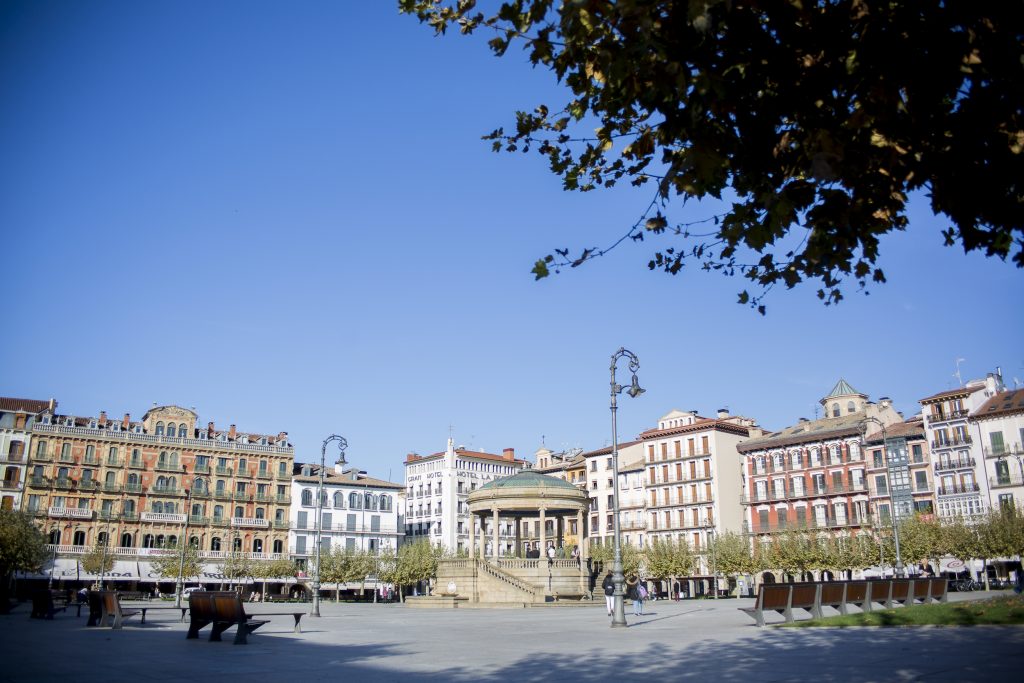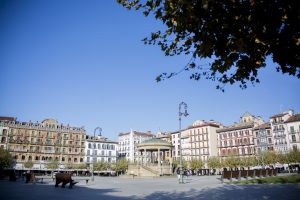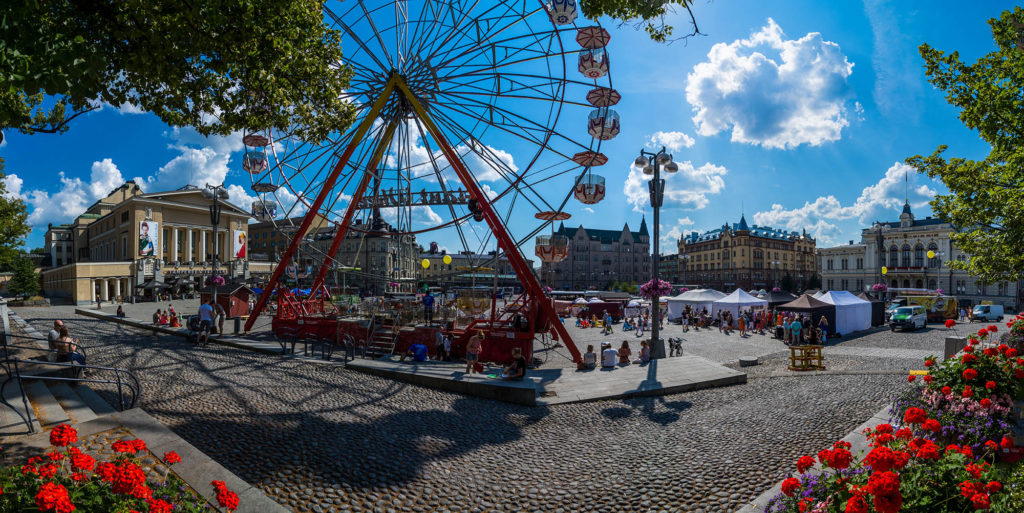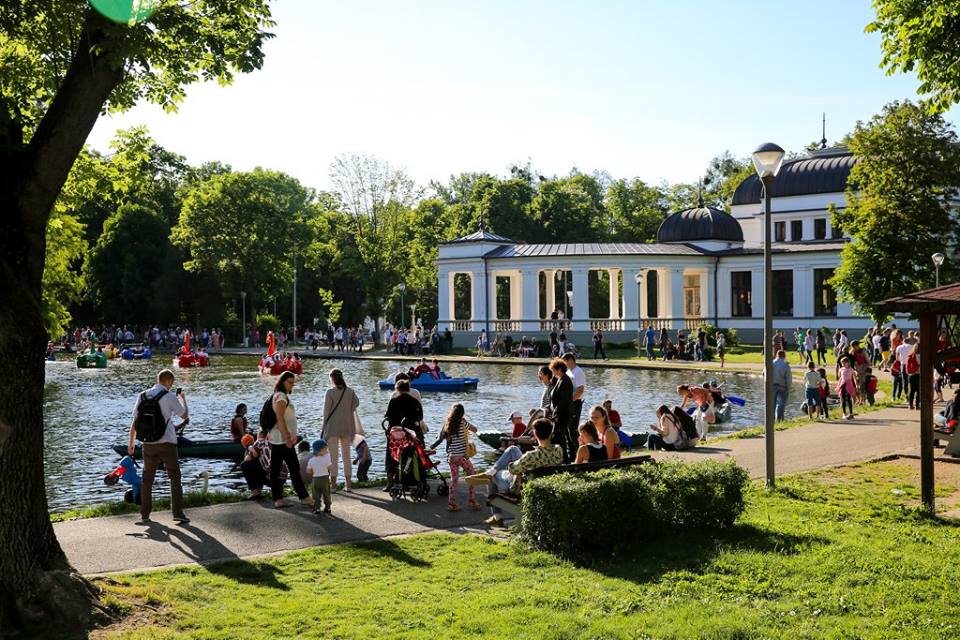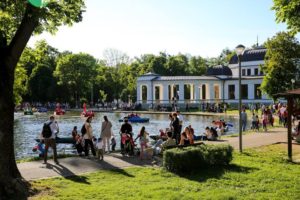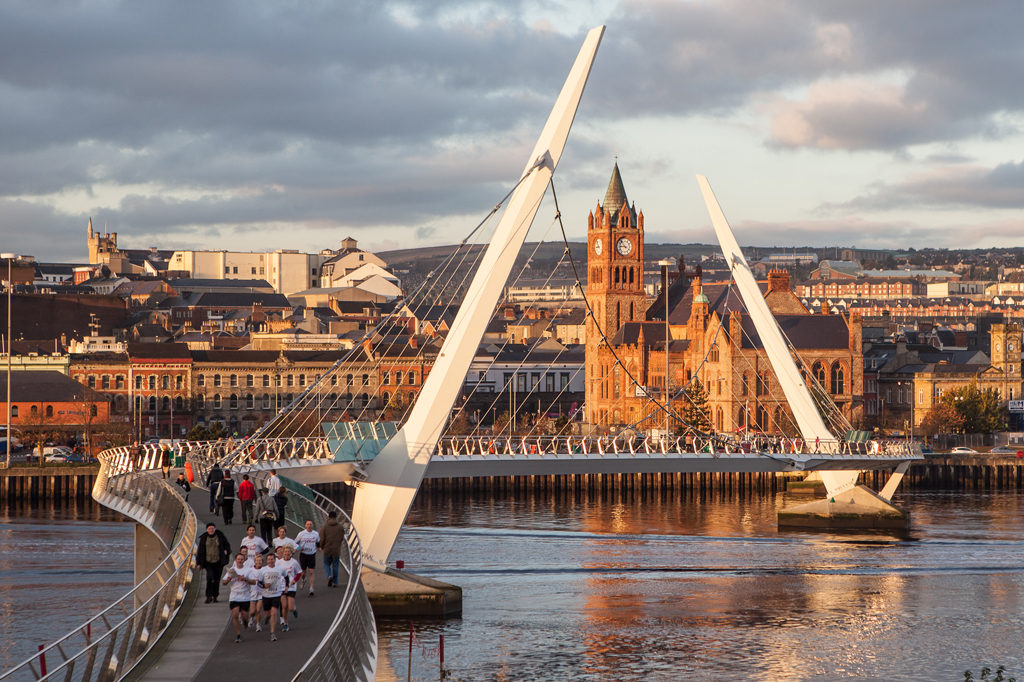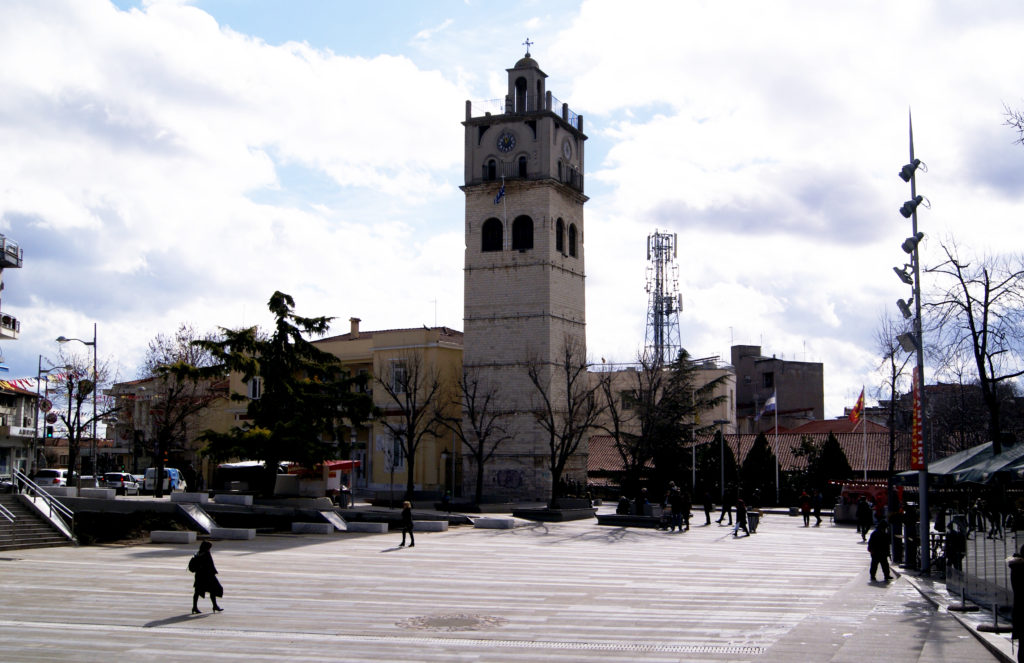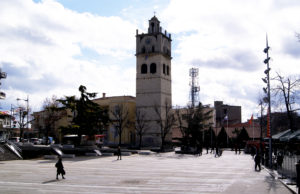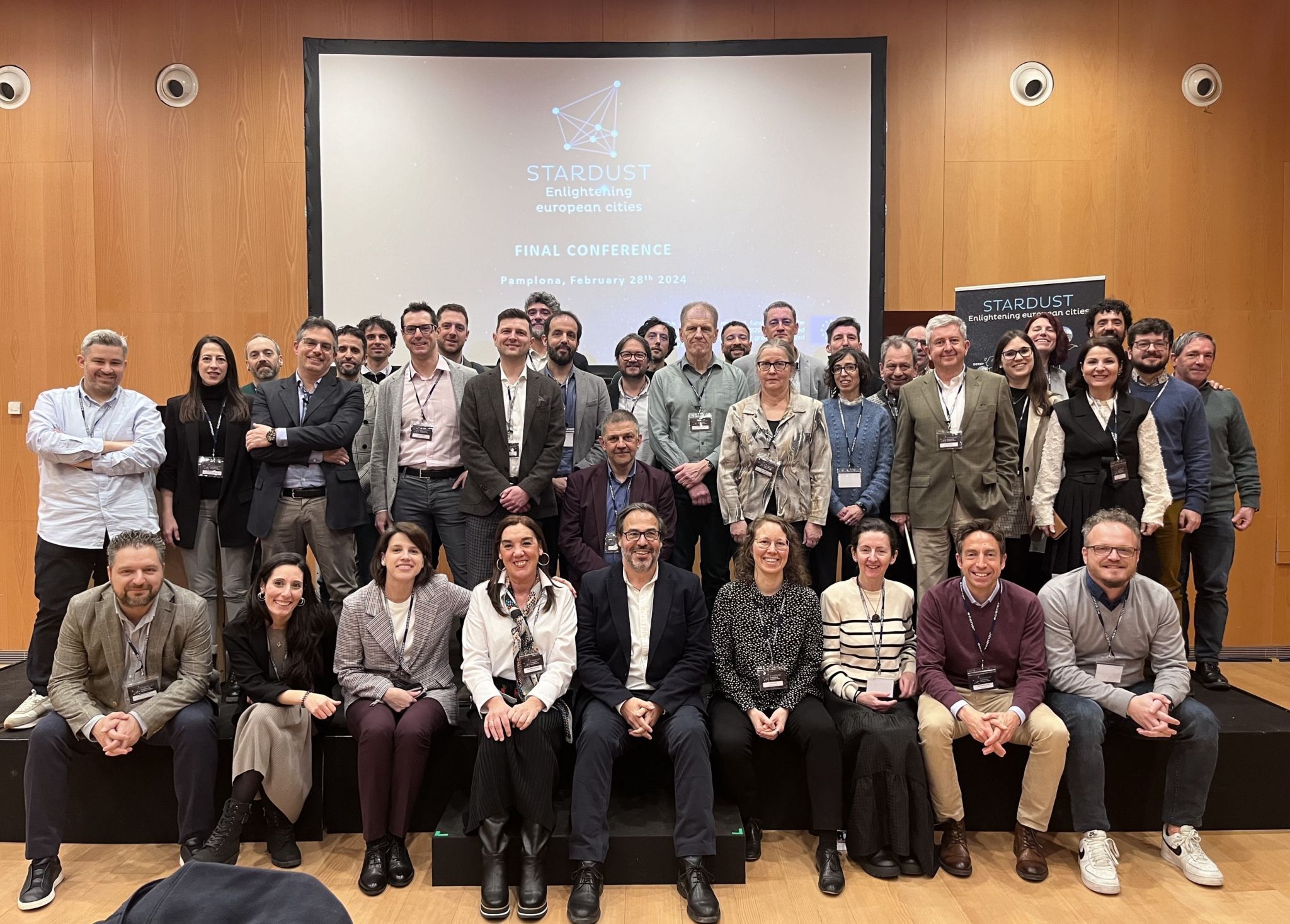Trento, the Painted City
The Province of Trento is located south of the Province of Bolzano. It is mainly surrounded by mountains and valleys, which form the famous breath-taking landscape of the Alps including the Dolomites. Rich with nature’s bounty and snow, Trento is a well-known destination for nature lovers and ski enthusiasts. Art and culture also thrive in this Alpine city as it houses several charming villages, castles and cultural hotspots such as the Museum of Modern and Contemporary Art and the MUSE (Museo delle Scienze). It has been classified annually as one of the top five Italian cities for providing optimal quality of life.
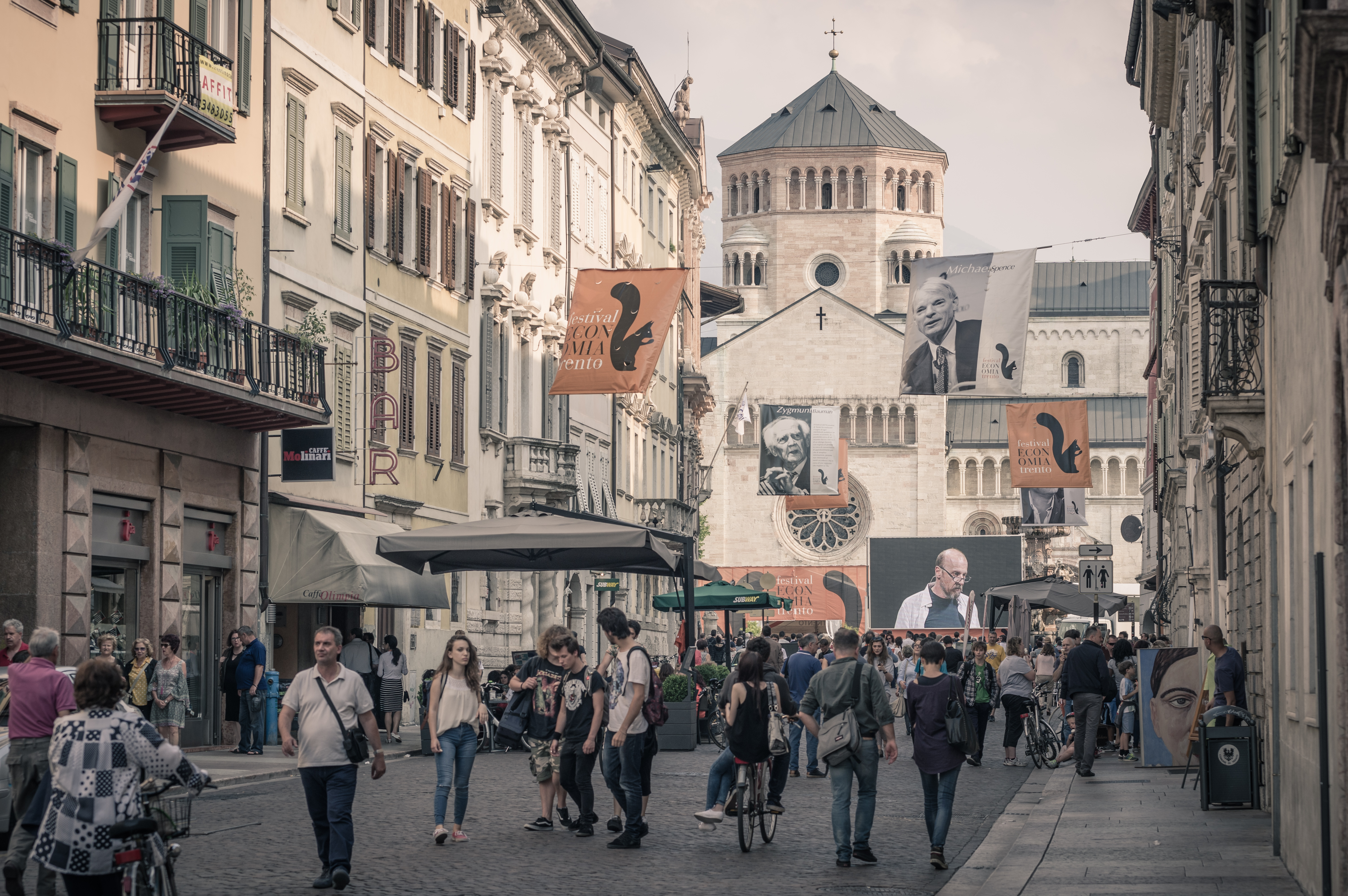
 Incontra il gruppo locale
Incontra il gruppo locale


